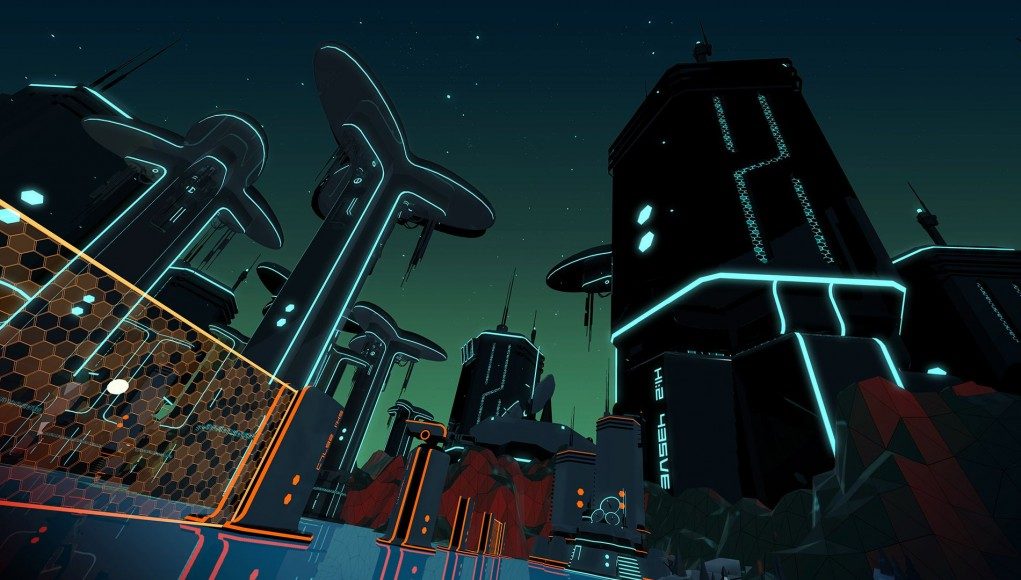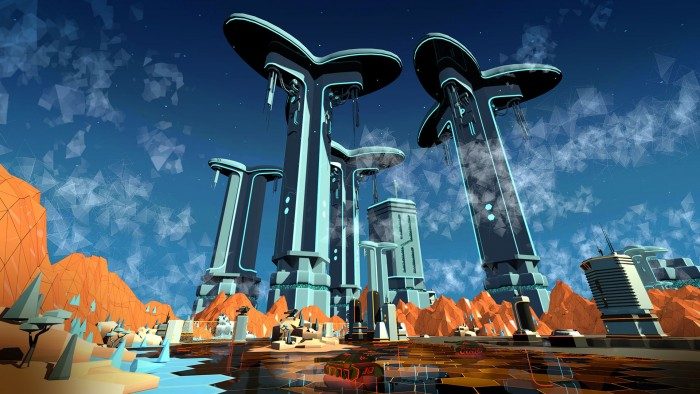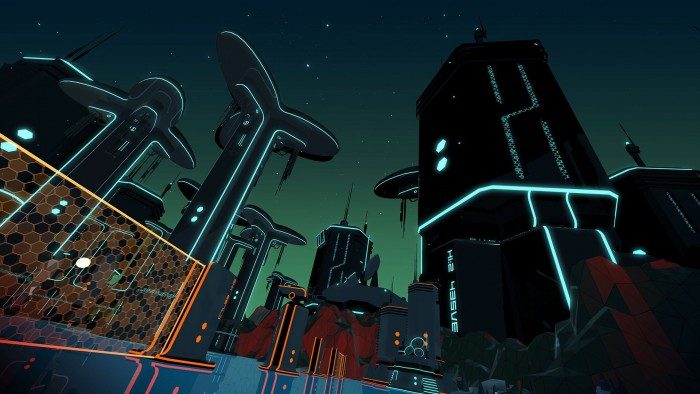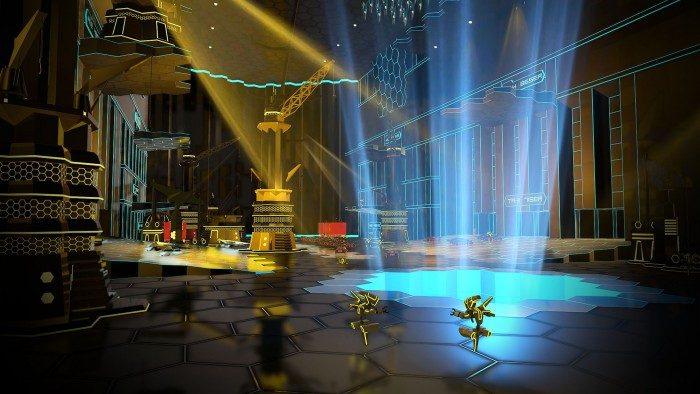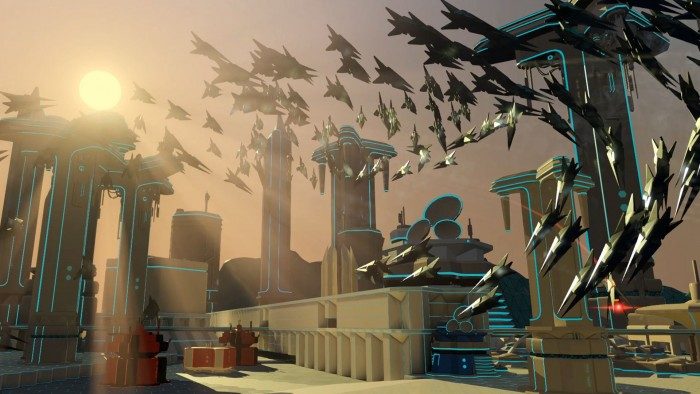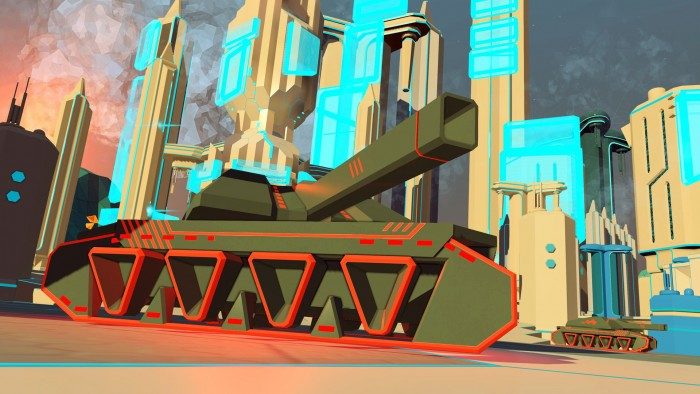We go hands-on with Rebellion’s update to Atari’s arcade classic Battle Zone and discover that this VR reboot is anything but a cheap VR cash-in on a retro title.
Back in the day, Atari’s arcade game Battle Zone was cutting edge. By building a themed cabinet, reminiscent of a tank’s interior and using vector graphics presented to the player through a novel periscope display, the game was a surprisingly immersive title, with solid accessible gameplay. As a result, the system took arcades by storm back in the early eighties.
Fast forward 35 years (a figure that’ll make those who played the original wince) and developer Rebellion has brought the title bang up to date in virtual reality on Playstation with Project Morpheus. It’s not half bad either.
Sony’s VR charge at E3 2015 this year is palpable with a purported 20 new titles at the show, their impressive Morpheus-only area left us in no doubt (were there any in the first place) of the gaming giant’s commitment to the space.
And this year was the first where titles are emerging which, for me at least, I’d actually put money down on. Not that Sony’s tech demos up to this points haven’t been charming, but they really only represent experiments in what’s possible and comfortable for Morpheus, a tow in the water if you will. Battle Zone is one game I’d happily pay for, at least on the basis of my brief time with it at E3 today.
Anyone who’s played the original will know that it attempted to ape traditional real-life tank controls with twin sticks controlling individual tracks on your transport. This reboot effectively dispenses with that mechanic, here replacing it with a more familiar Dual Shock based ‘rotate and strafe’ twin analogue mechanic. And a good thing too as Battle Zone 2015 is an altogether more rapid and kinetic proposition when compared with it’s ageing ancestor.
Rebellion have chosen an interesting combat mechanic for Battle Zone on Morpheus too. You’re free to look around the space, but your aiming is detached from your view, with the right analogue stick assigned for that purpose. It took a few seconds to shake off the EVE:Valkyrie expectations before realising that this choice makes a whole lot of sense for a ground combat game. As you switch between machine guns and heavy, mortar style artillery, the reticle swaps to match and this is where that aiming mechanic makes sense. Judging the trajectory of a shell as you pummel a distant target works with this style of controls.
Elsewhere, the aesthetics are extremely pleasing too. Clearly vector graphics don’t cut it in this day and age so the developer have opted for a sort of brightened Tron design language. The opening segments see you traversing beautiful underground caverns before being elevated into an almost sunny, chirpy battle arena. The visuals are deliberately chunky, in deference to its forbearer, and that actually works very well. Blast a distant artillery tower and it disintegrates into pleasingly large chunks – just as they did some 35 years ago.
Visuals were again smooth and judder free with a pleasing lack of aliasing in the visuals. Today was my first time with Sony’s newer revision of headset, now with an OLED panel leveraging Sony’s version of low persistence, and it looked great.
A small note too, I tried all demos whilst wearing my glasses and it was an entirely comfortable experience. Morpheus allowed me to close the eye relief to touch the lenses of my glasses with no problems, meaning I minimised loss of FOV with ease.
My caveat with all of these hands-on impressions will be that, given the necessarily short time we had with these Morpheus titles, it’s difficult to gauge how well these titles hold up to lengthier play times. But from what I saw, Rebellion seems to ‘get’ virtual reality and more importantly seem to have a great handle on the technical aspects of delivering a good VR experience.
It’s another title in Sony’s crown then, one to add to the launch list that’s becoming ever longer as the company approaches hardware release in Q2 2016. This and Guerilla Games Cambridge’s ‘Rigs’ I think confounds those who believed the Playstation would be unable to deliver consistently compelling VR content – myself included. I’m very happy to be so very wrong.

